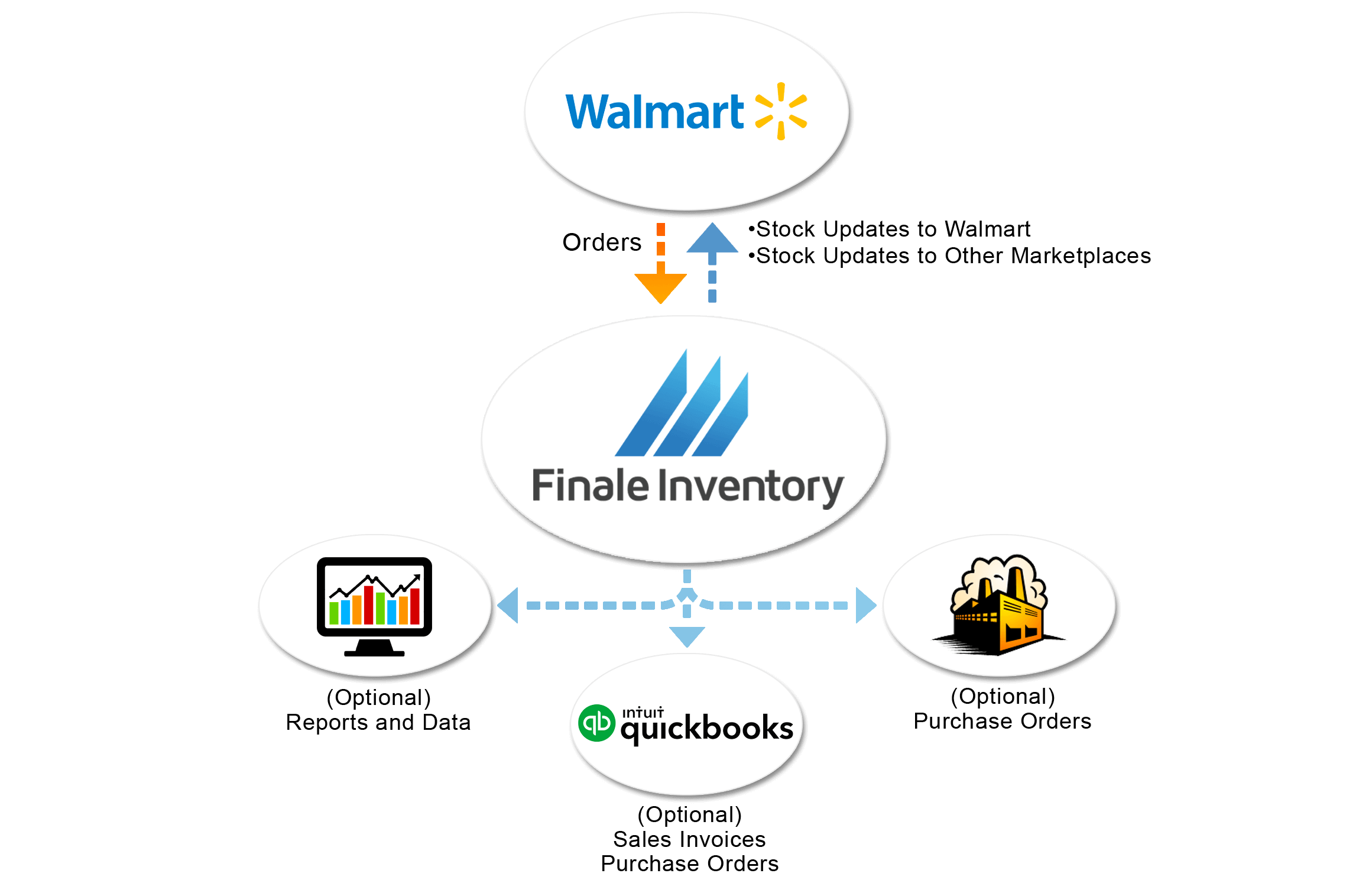

Last quarter's top line grew 8.8% year over year. While Walmart's likely taking all the measures it says it's taking and successfully addressing its inventory bloat, it's still got plenty of problems to tackle. But don't be too quick to embrace the optimism. The market is taking McMillon at his word. In addition to the aforementioned comment from McMillon, the company's official third-quarter report notes: "We significantly improved our inventory position in Q3, and we'll continue to make progress as we end the year."

That's a big reason Walmart's profit margin rates have been shrinking of late.īut the company reports making progress on this front last quarter.

Moreover, not only do these goods take up valuable room, they also represent money that could otherwise be used to purchase new, more marketable merchandise. The longer it sits on a shelf, the more difficult it becomes to sell. It's a problem simply because much of its merchandise is seasonal. Walmart (like many other retailers) aggressively restocked store shelves late last year and early this year, anticipating a post-pandemic consumerism recovery that never quite lived up to expectations. As a preferred supplier, P&G gets additional shelf space in Walmart stores and the much sought-after end-aisle displays.Walmart is still well-stocked - perhaps too well It thereby endears itself as a preferred supplier to the large retail chain. Anyone could provide diapers to Walmart, but P&G adds value to the diapers it supplies by performing the inventory management process.
#WALMART INVENTORY LIST FREE#
Lower inventory levels free up space in Walmart’s distribution center and reduce the retailer’s need for working capital to finance that inventory. Therefore, the retailer has less inventory on hand and suffers fewer out-of-stock situations. The stock is managed more effectively since P&G indeed can do a better job than Wal-Mart. Walmart has eliminated the costs associated with maintaining its Pampers inventory. The new arrangement worked so well that over time Wal-Mart suggested that P&G henceforth skip the purchase recommendations and just ship the diapers it thought Walmart would need. If the recommendation seemed to make sense, Walmart would approve it, and P&G would ship the goods. When P&G felt it was appropriate, it would tell Walmart that it was time to reorder and how much. Walmart, therefore, suggested that P&G should take up the responsibility of telling Walmart when to reorder Pampers for its distribution center and in what quantity.Įvery day, Walmart would tell P&G how much stock it was moving out of the distribution center to the stores. With the idea of improving this aspect of its business, Walmart approached P&G with the observation that P&G probably knew more about diaper movement through its warehouses than Walmart, as it had information about usage patterns and reorders from retailers all over the country. Not only that, inventory management is itself a costly activity. Too much incurs high financing and storage costs. Too little inventory makes for unhappy customers and lost sales. When the distribution center inventory began to run low, Walmart would re-order more diapers from P&G. Walmart maintained Pampers inventory at its distribution centers, from which it filled orders coming from the stores. Pampers, a disposable diaper, is a bulky item that requires a lot of storage space relative to its value.


 0 kommentar(er)
0 kommentar(er)
